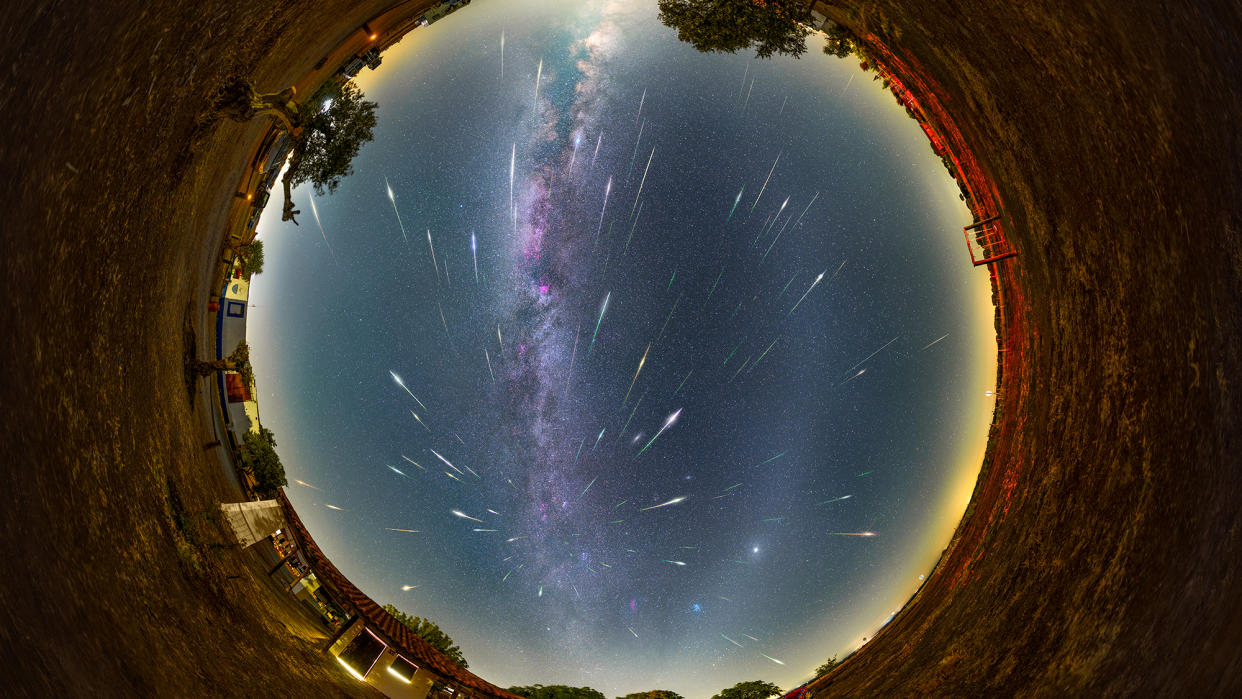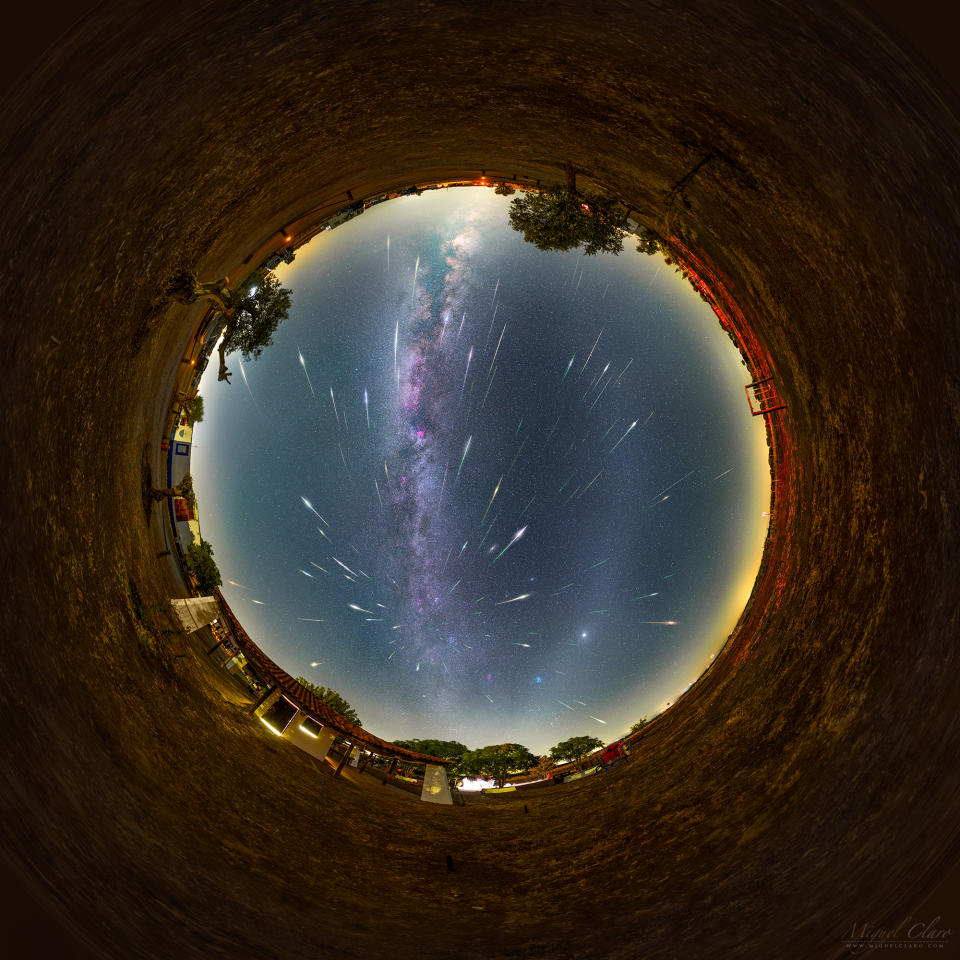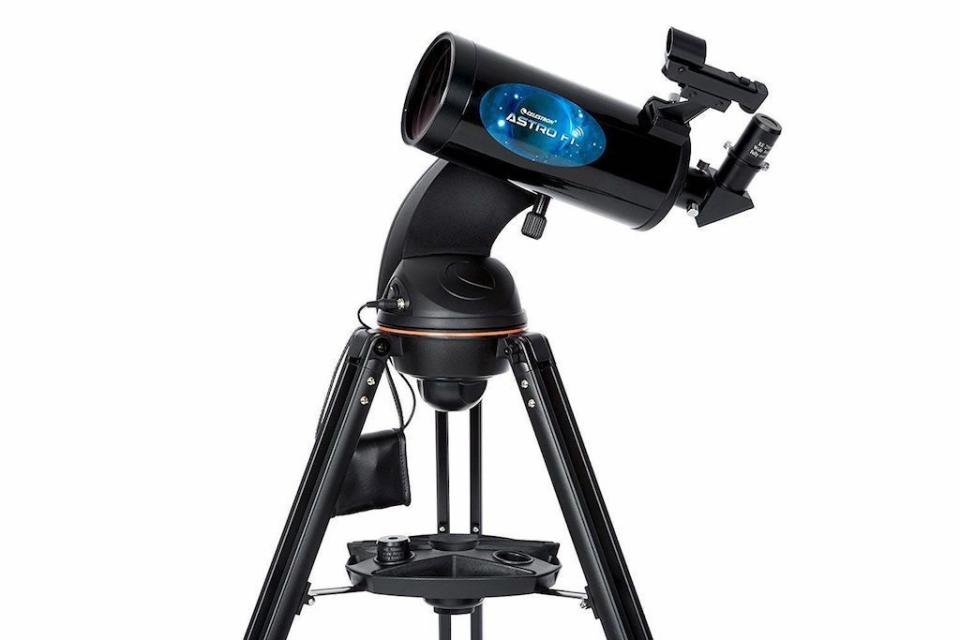Watch the glow of the Milky Way and ghostly zodiacal light during the 2023 Perseid meteor shower (video)

Miguel Claro is a professional photographer, author and science communicator based in Lisbon, Portugal, who creates spectacular images of the night sky. As a European Southern Observatory Photo Ambassador and member of The World At Night and the official astrophotographer of the Dark Sky Alqueva Reserve, he specializes in astronomical "Skyscapes" that connect both Earth and the night sky.
Astrophotographer Miguel Claro of Lisbon, Portugal was lucky enough to capture an amazing combination of night sky events.
During this year's Perseid meteor shower, Claro set up a 360-degree camera in order to photograph the full night sky as fireballs streaked overhead. The clear, unilluminated skies of Portugal's Alqueva Dark Sky Reserve offered unobstructed views of not only Perseid meteors burning up in Earth's atmosphere, but also the white light of the Milky Way galaxy and the ghostly glow of zodiacal light.
Zodiacal light is caused by the sun's rays reflecting off of dust scattered throughout the solar system left over from collisions from small bodies such as asteroids and comets. It can be seen in the image below as a belt of wispy light to the right of center, stretching both below and above the bright pinpoint of Jupiter in the lower right portion of the sky.
Related: Meteor showers 2023: When is the next one?
Read more: How to photograph meteors and meteor showers

TOP TELESCOPE PICK:

Looking for a telescope to see the night sky up close? We recommend the Celestron Astro Fi 102 as the top pick in our best beginner's telescope guide.
The image, viewable in full 360 degrees on Claro's website, is actually a composite, a mosaic made from photographs taken across four consecutive nights. Over 100 meteors can be seen in the image, all appearing to originate from their radiant (the point in the sky where meteors seem to come from due to our perspective) located in Perseus constellation.
Behind the meteors burning up in Earth's atmosphere, the bright glow of the Milky Way can be seen lighting up the sky. The glow of the zodiacal light shines above the Pleiades star cluster and the bright light of planet Jupiter. For another rotated version of Claro's composite image, click here.
To see more of Miguel Claro's work, please see his website or follow his stories on Instagram at www.instagram.com/miguel_claro .
Editor's Note: If you snap your own photos of the night sky and would like to share them with Space.com’s readers, send your photo(s), comments, and your name and location to spacephotos@space.com.

